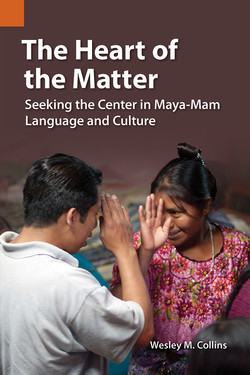Описание книги
Can a culture have a theme that unifies seemingly unrelated practices? In this volume, Collins suggests that Maya-Mam customs as different as constructing a house, staying healthy, seeking God, disciplining children, agreeing to a contract, or just speaking the language, all originate from the same concept- a search for the center. This is far more than mere balance, long recognized as a Mayan cultural value. Rather, center space is a place of physical and metaphysical peace, acceptance, meaning, health, happiness and «home.» Collins also shows how cenderedness is deeply embedded in the grammar of Mam- its lexicon, morphology, syntax, and discourse structure. This relatedness of Mam culture and linguistics provides an unusually detailed contribution to the debate on linguistic relativity and the Sapir-Whorf hypothesis. Collins combines historical accounts with firsthand ethnographic and linguistic methodology to explore the concept of centeredness. Detailed accounts of his personal interaction with the Mam illustrate and enrich the book's concepts. This volume will interest students of the relationship between language and culture generally, and specifically those interested in the study of Maya of Mexico and Guatemala.
